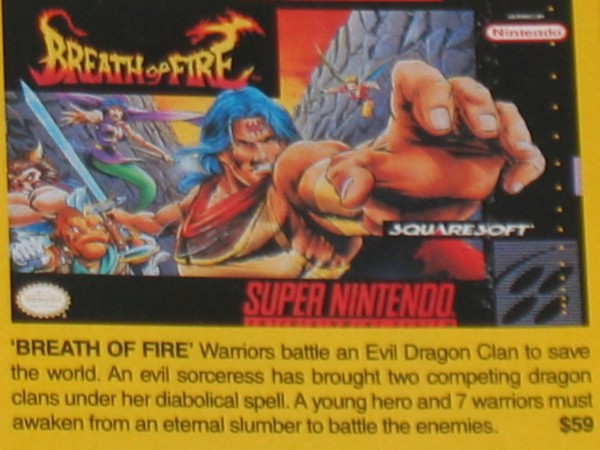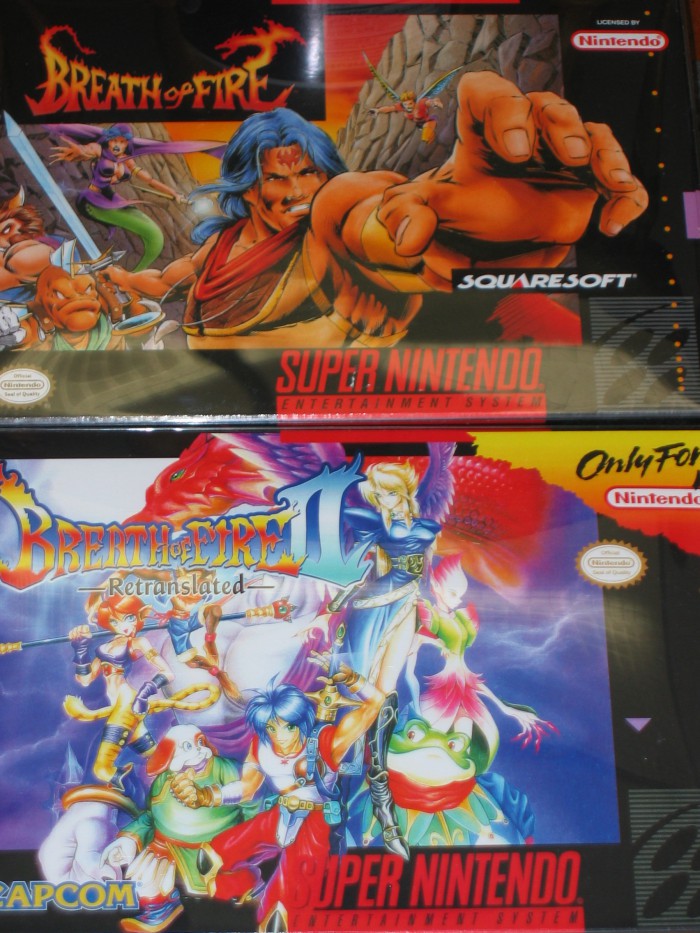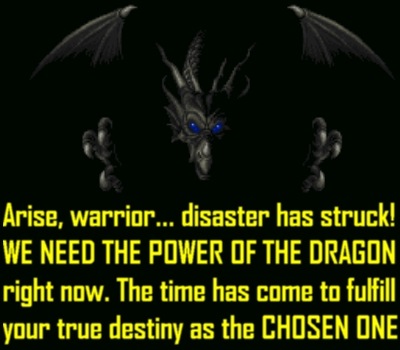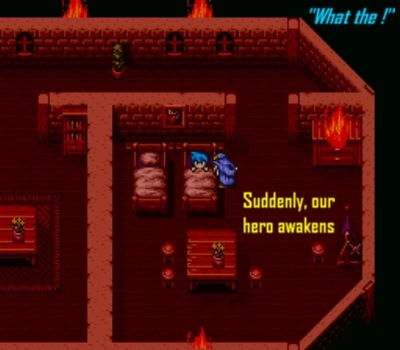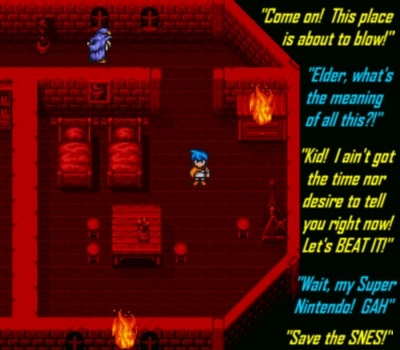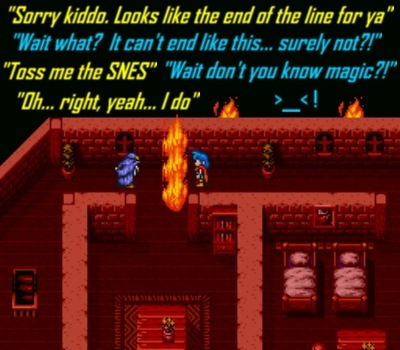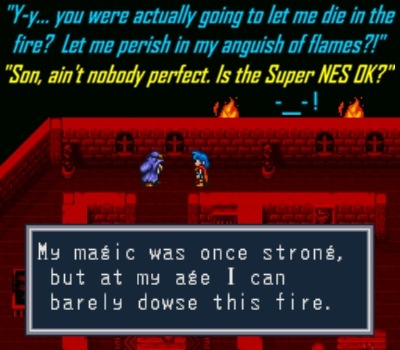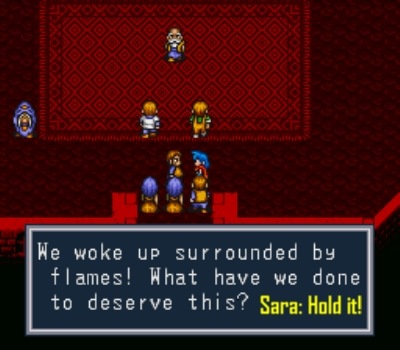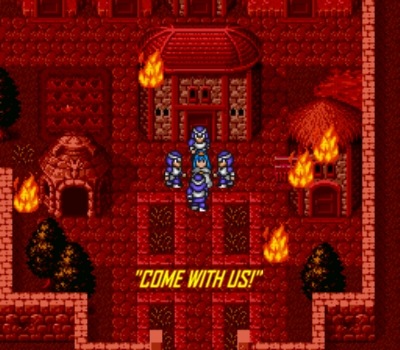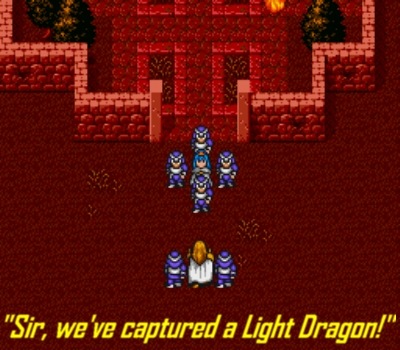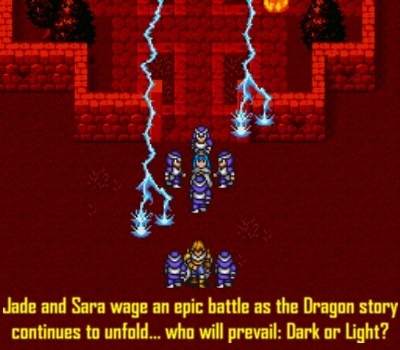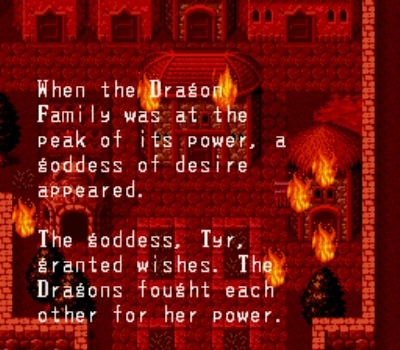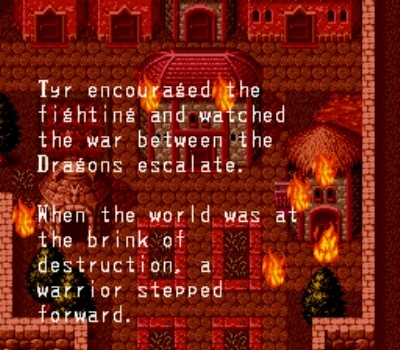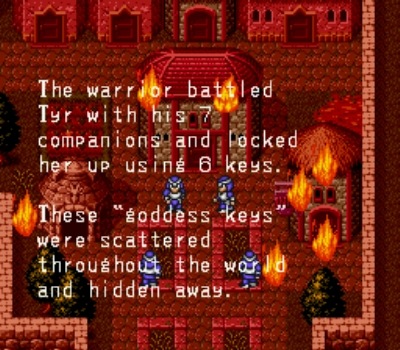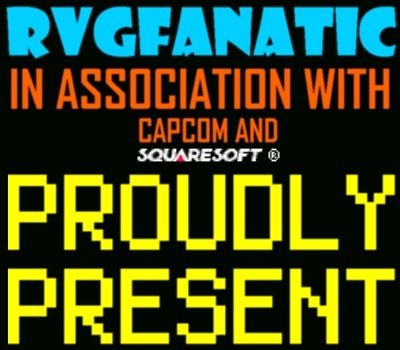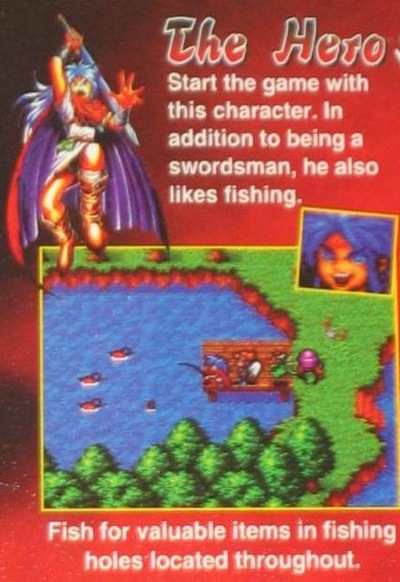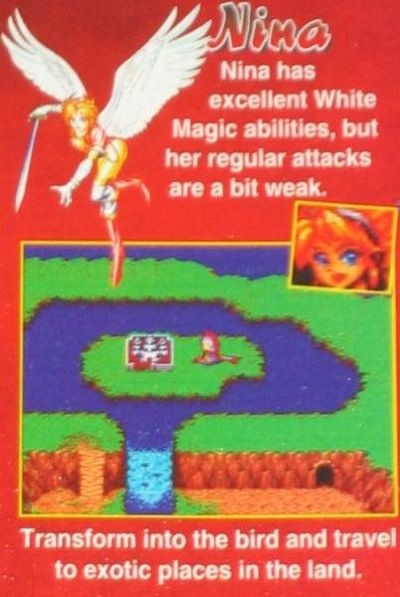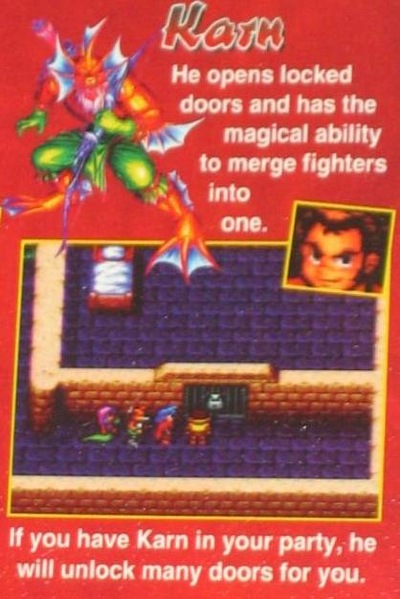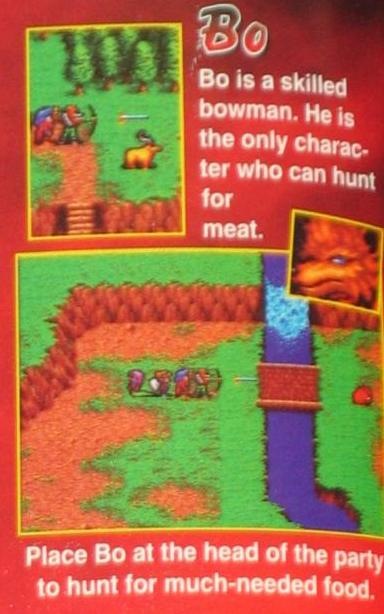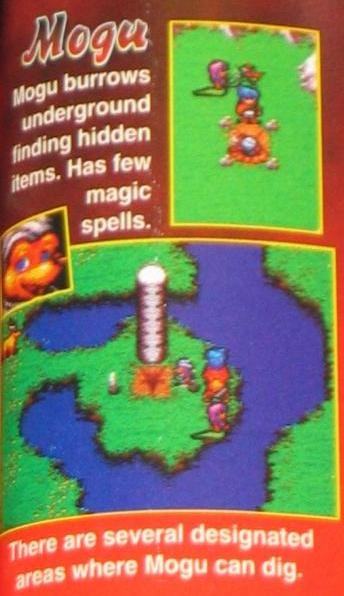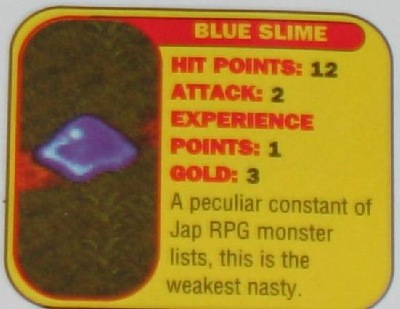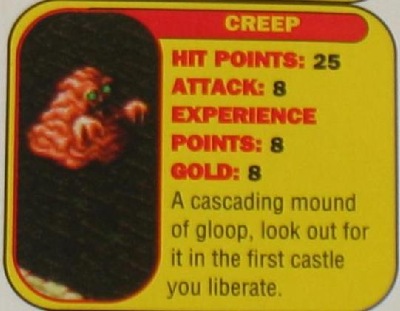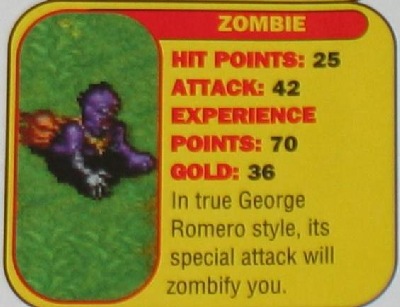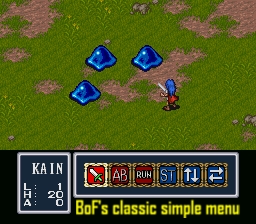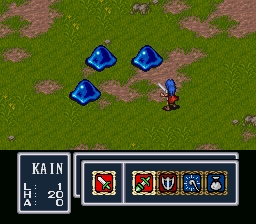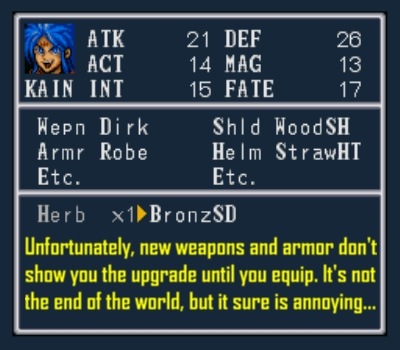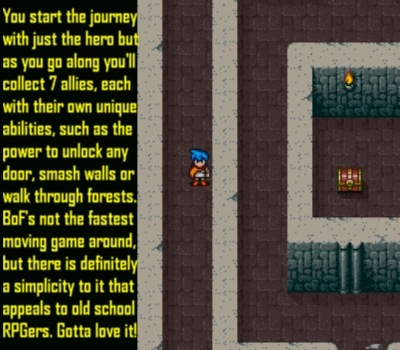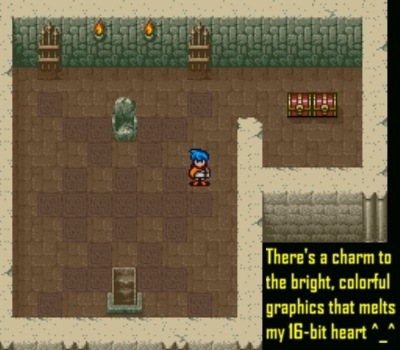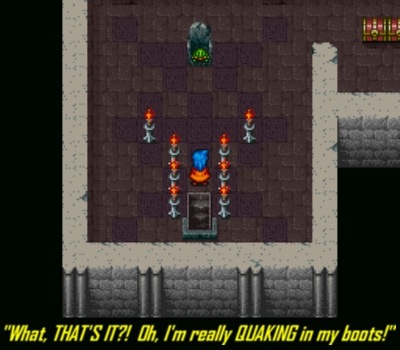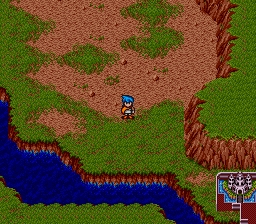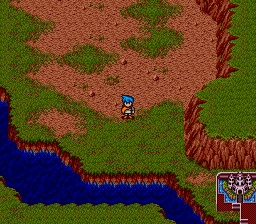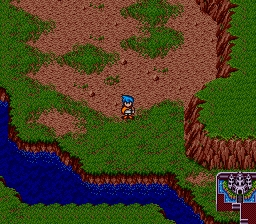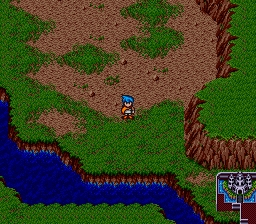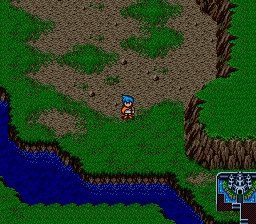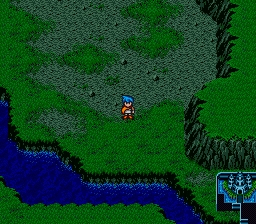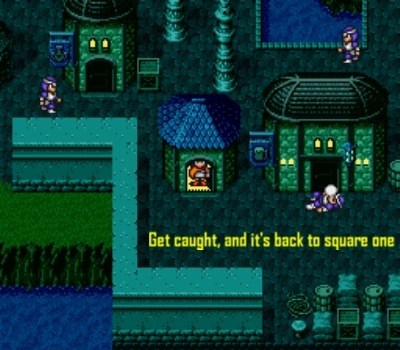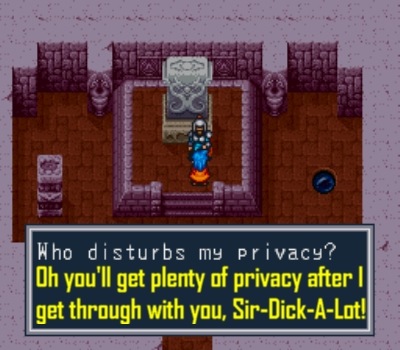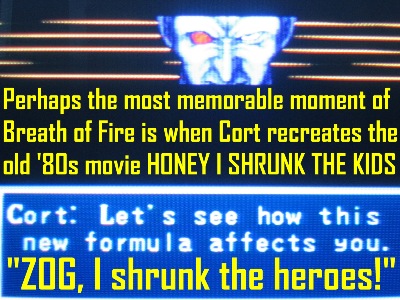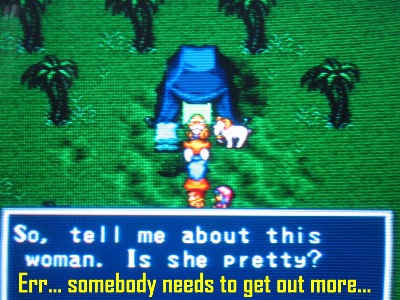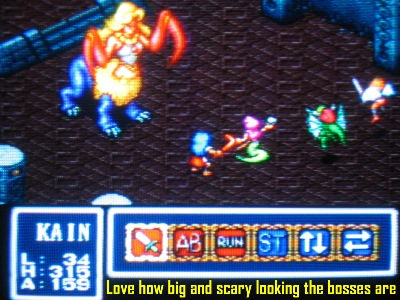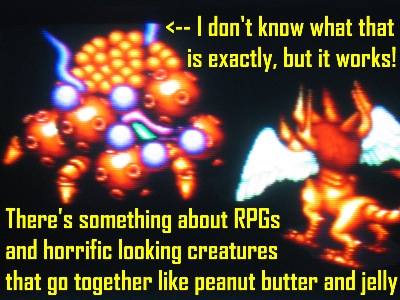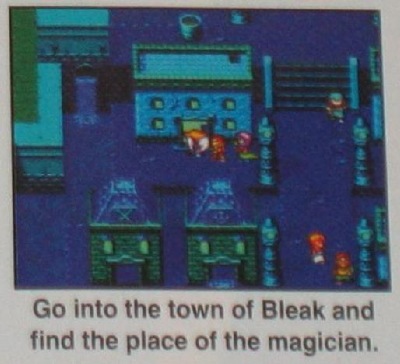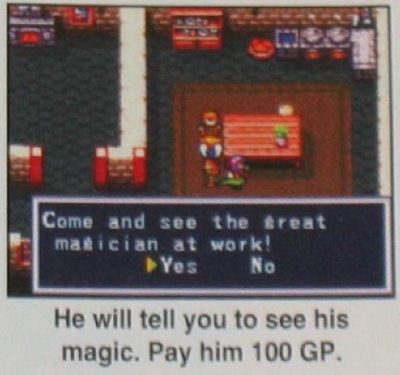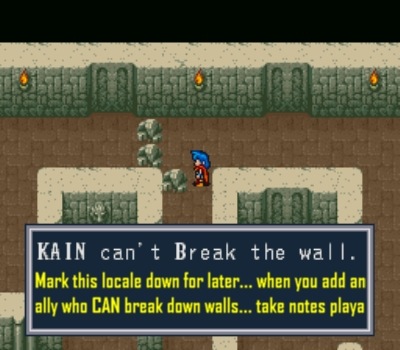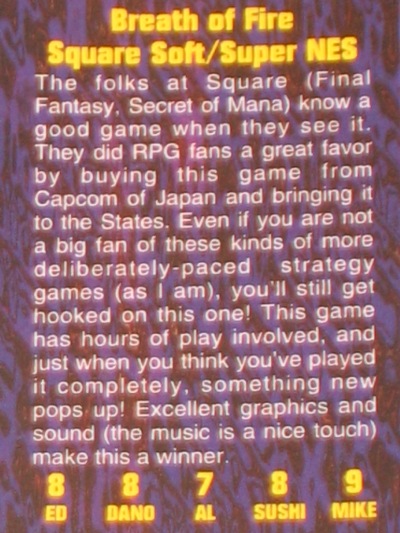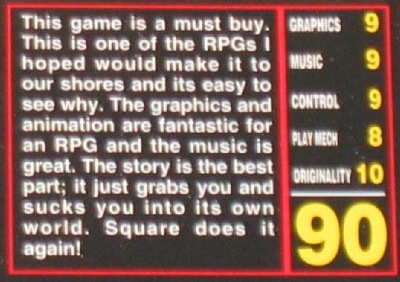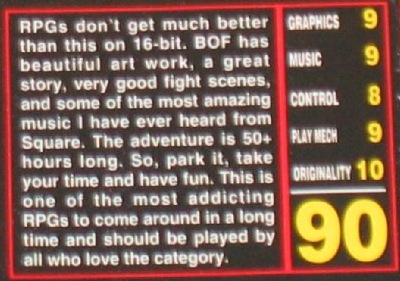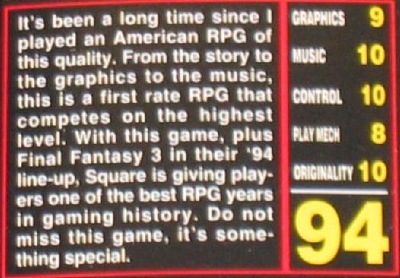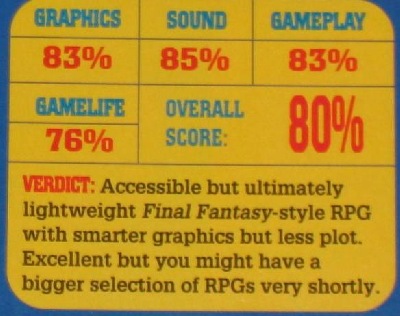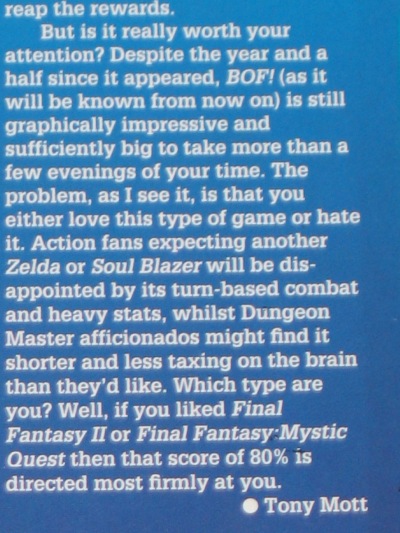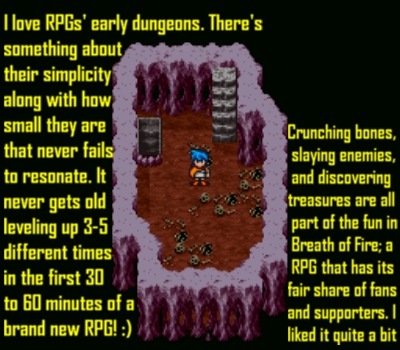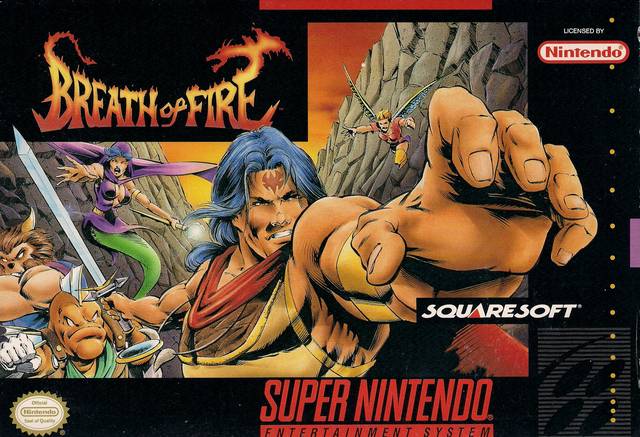
Back in the mid ’90s, Capcom was most well known for their Street Fighter and Mega Man series. Capcom tried their hand at the RPG genre when they released Breath of Fire in Japan on April 3, 1993. It took 16 months for the game to hit North American soil. SquareSoft was an established firm with a penchant for translating JRPGs for American audiences, and they took on the unenviable task of converting the game over. There wasn’t an abundance of RPGs on the SNES back then. Thus, Breath of Fire instantly found a diehard fanbase. It wasn’t great by any stretch but it was plenty solid enough. And for the time, solid did just fine.
WINDS OF CHANGE
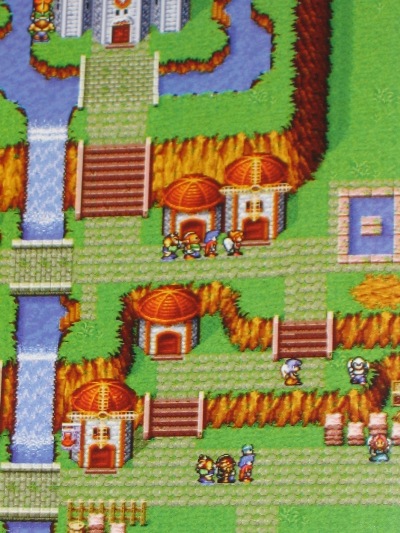
I couldn’t stand RPGs growing up. To be precise, it was more like I couldn’t care less. My brother, however, was obsessed with them. He played them all the time it seemed. I didn’t care for RPGs back in the day because I couldn’t see how a slower-paced, turn-based game could be any fun to play. I was a young boy who wanted instant gratification. It wasn’t until much later — around 2003 — that my view on the genre began to shift. Suddenly, the thought of conversing with the locals to dig up clues or just hear some wacky nonsense became massively appealing to me. The turn-based combat went from yawn-inducing to an obsession to level up and earn more gold so I could upgrade my weapons and armor. Today, I consider RPGs among one of my most favorite genres. Go figure. So I don’t really have any big back stories to share about Breath of Fire growing up. I remember, however, being impressed by the magazine previews. Although I didn’t like RPGs then, the game looked quite colorful and even, a bit intriguing. But I figured it to be another in a long list of games I would never play. Little did I know, over a decade later, I would find my way back home to the Super Nintendo for a second chance at 16-bit gaming redemption.
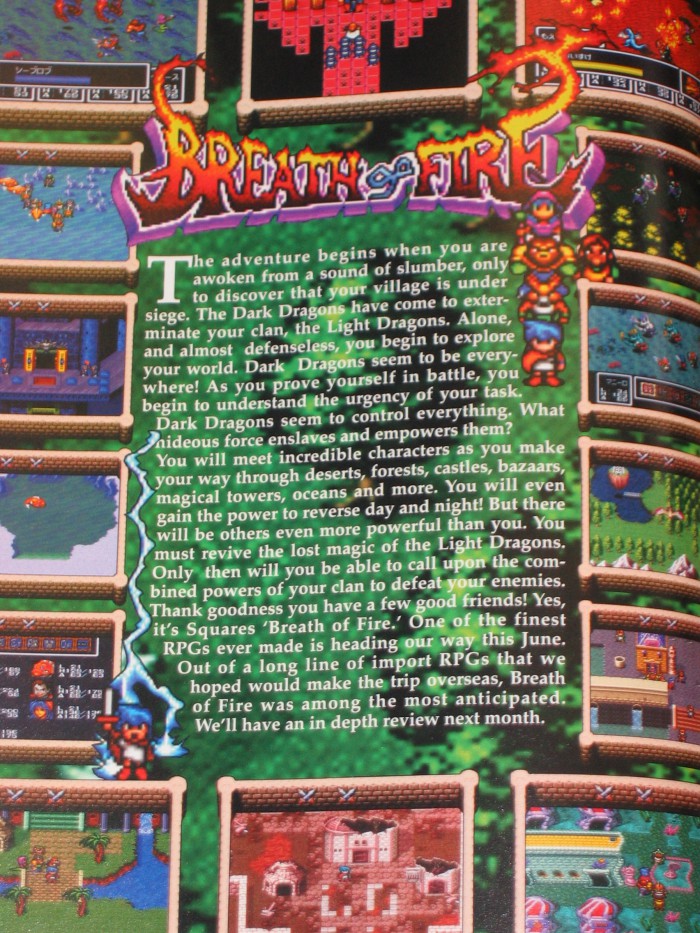
THE STORY GOES…

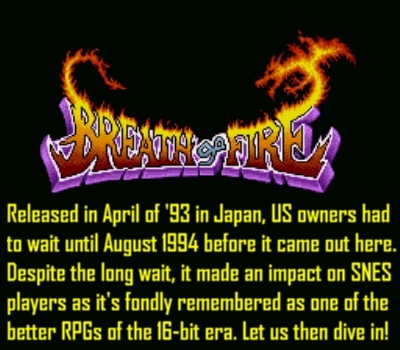
MEET THE HEROES
MEET THE BAD GUYS
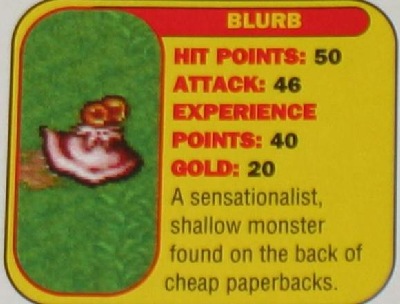
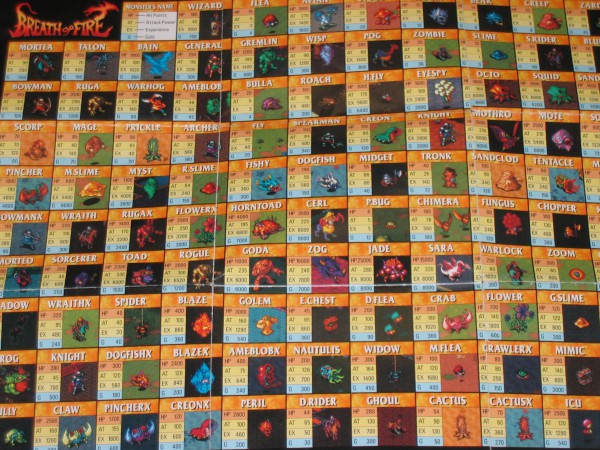
![Monster chart was, err, off the charts [*sigh* -Ed.]](http://rvgfanatic.com/wordpress/wp-content/uploads/2017/08/BoFRe33-e1503036046245.jpg)
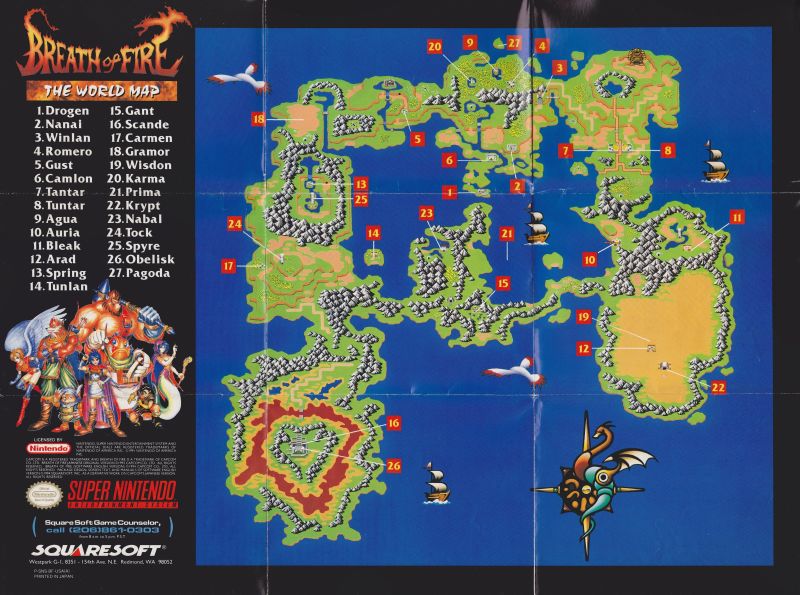
THE QUEST BEGINS
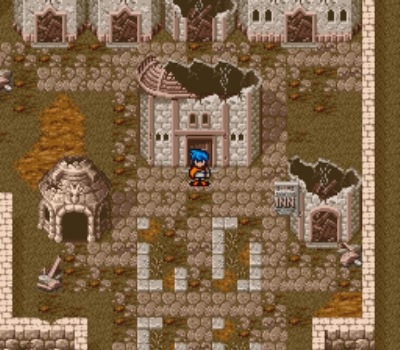
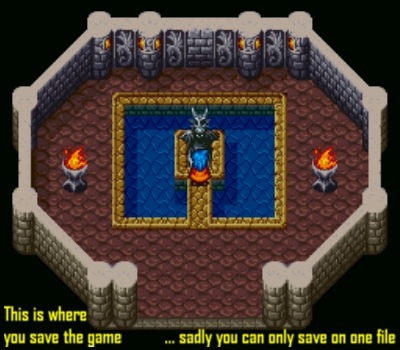
Select the sword option and it opens up even more options.
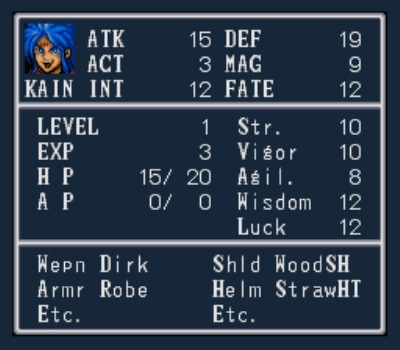
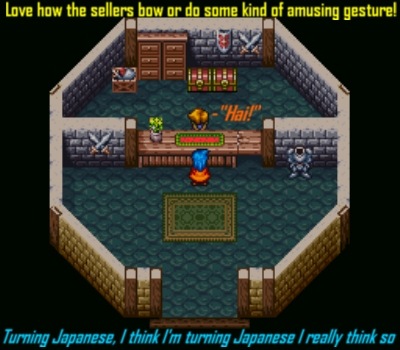
NO FUN, NO SIN, NO YOU — NO WONDER IT’S DARK!
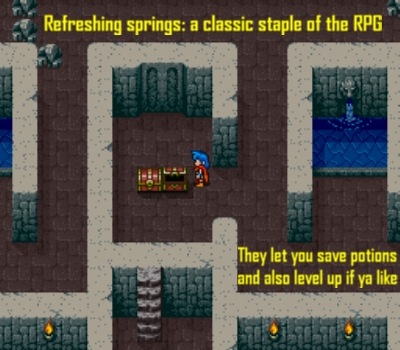
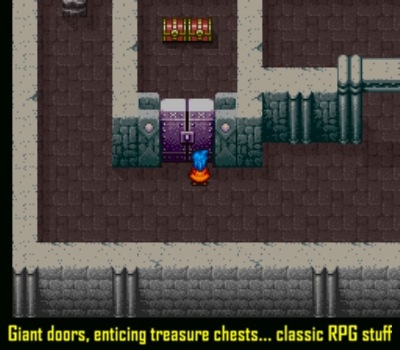
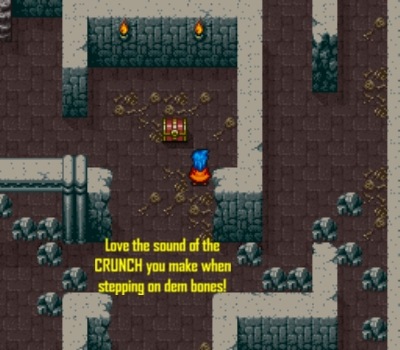

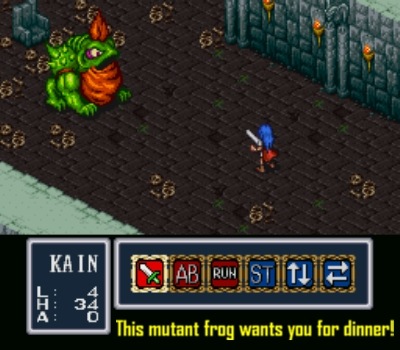
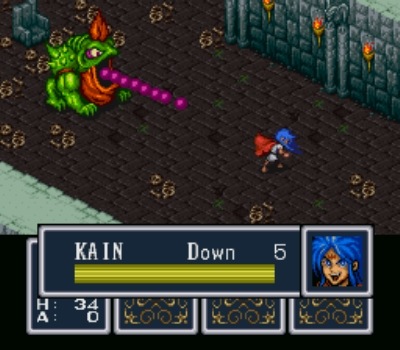
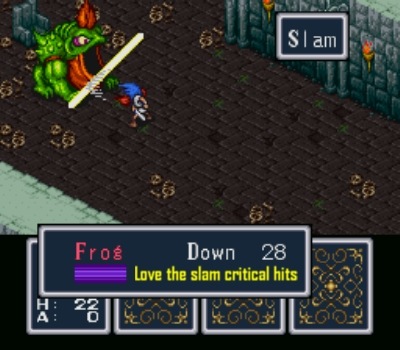
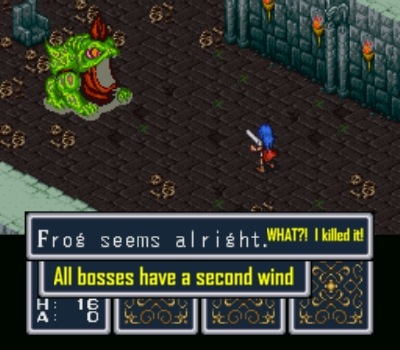

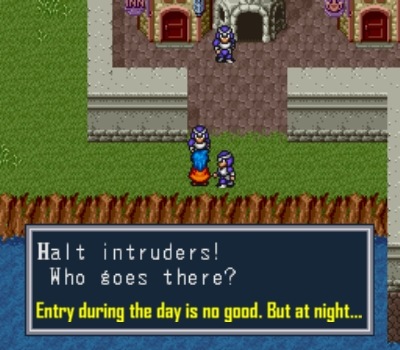
Breath of Fire uses a unique system where day passes into early evening before giving way to nightfall. It’s pretty cool, especially the first time you see it. Not just cosmetic, either! There are things you can only do in the dark… giving the game an air of clandestine intrigue…
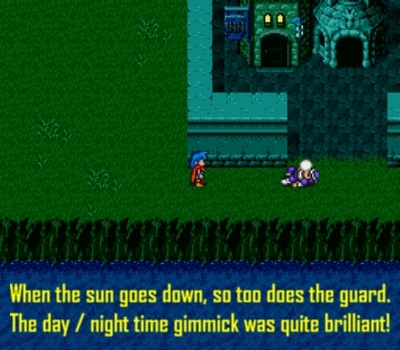
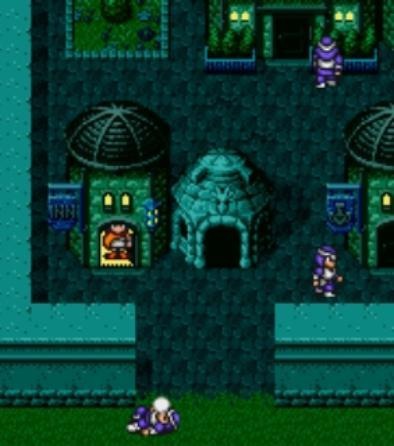
The front guard of Nanai is vigilant during the day but falls prey to exhaustion once the sun goes down. Only at night time can you sneak by him. If a soldier spots you at any point, it’s back to the beginning. It was a clever little way to add in some stealth action to the typical RPG formula. If nothing else, you have to give Capcom some credit for that. I love the small details seen here. Everything from the guard’s snoring bubble to the very atmospheric yellow lights that lends Nanai a brilliant glow. Be sure to explore a bit and not just rush for the exit as there are plenty of good items to be found in chests and large cabinets. Money is tight early on so collect all the free items that you can.
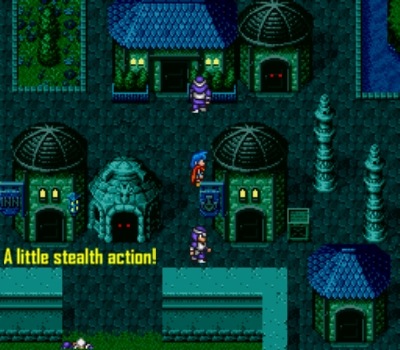
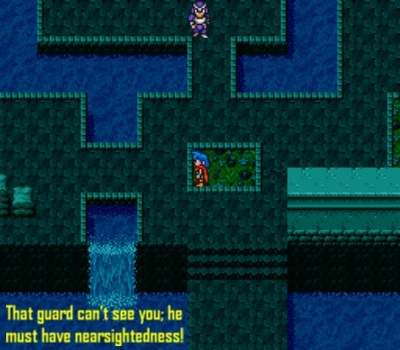
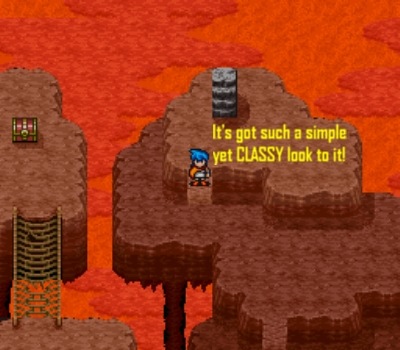
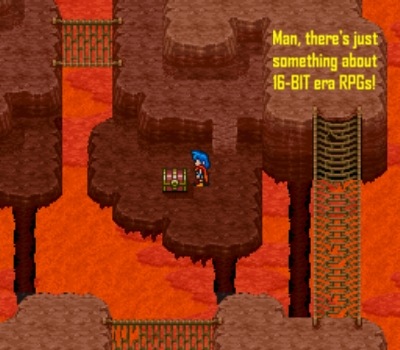
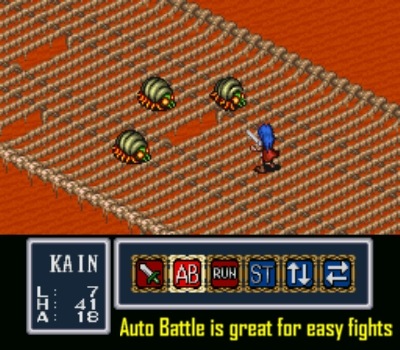
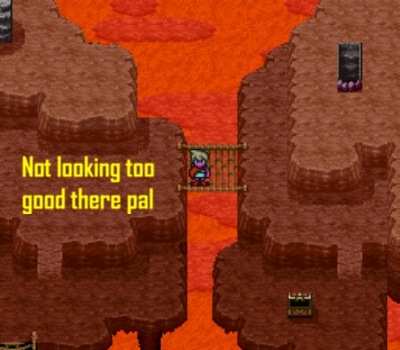
![[You're, ahem, fired -Ed.]](http://rvgfanatic.com/wordpress/wp-content/uploads/2017/08/BoFRe65.jpg)
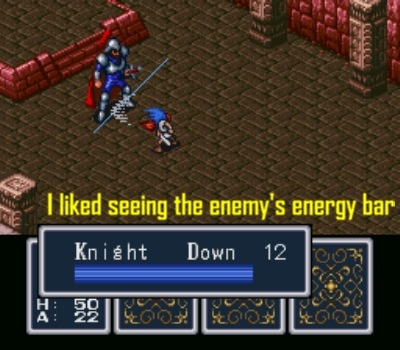

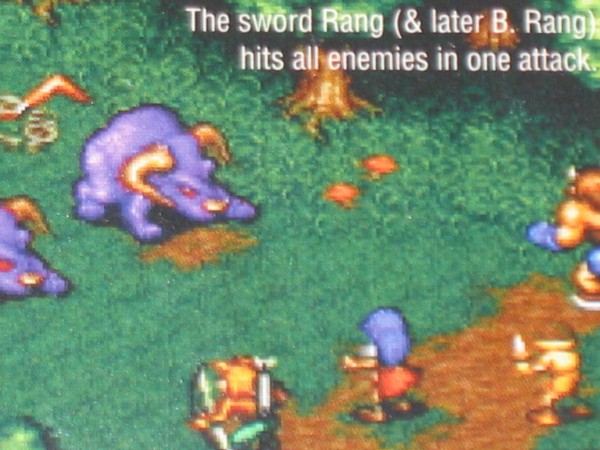

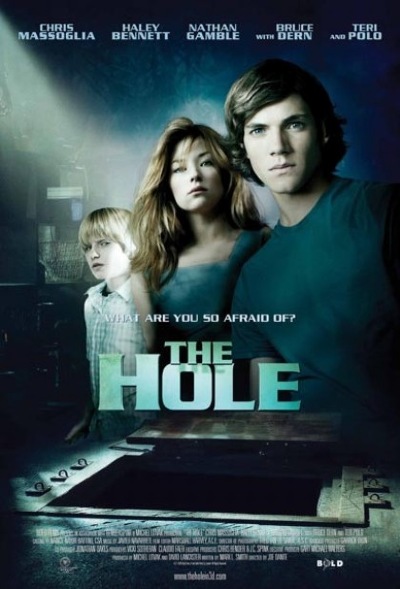
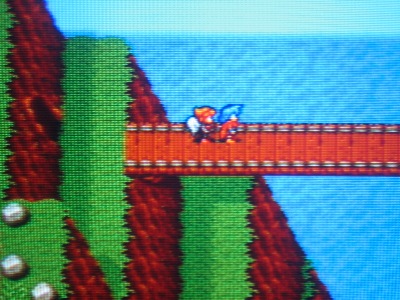
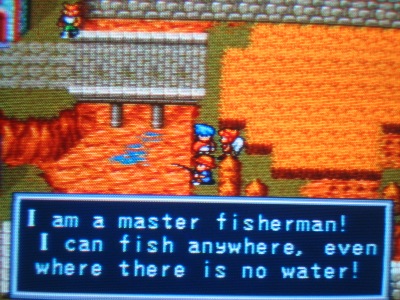
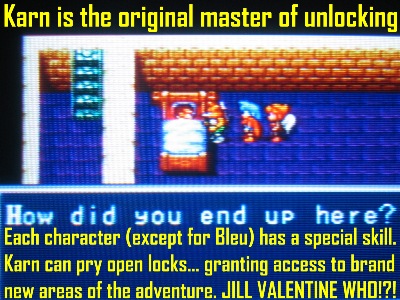

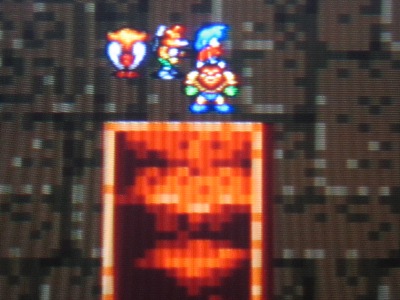

![[Sometimes... man is the monster... -Ed.]](http://rvgfanatic.com/wordpress/wp-content/uploads/2017/08/BoFRe77.jpg)

Or from some distant star?”
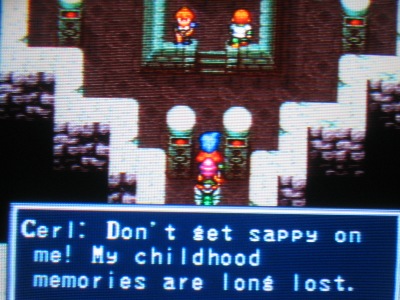
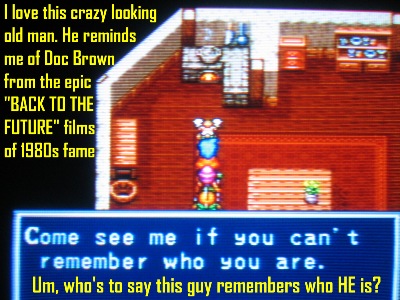
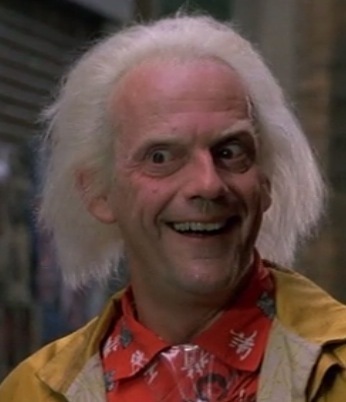
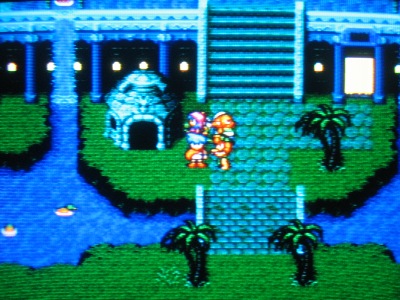
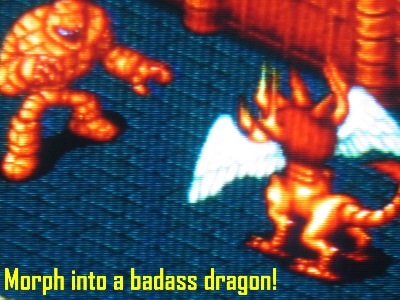
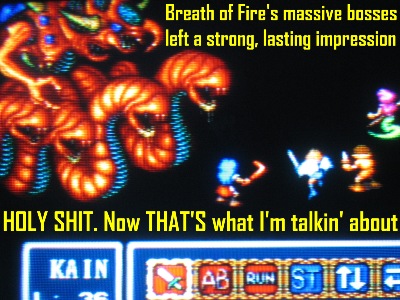
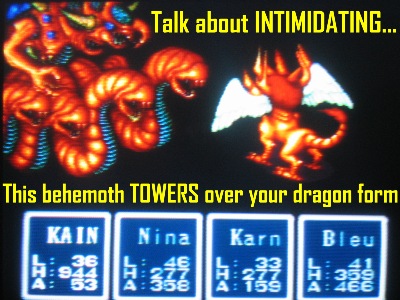
COOL BUT USELESS EASTER EGG

SOME INVALUABLE TIPS
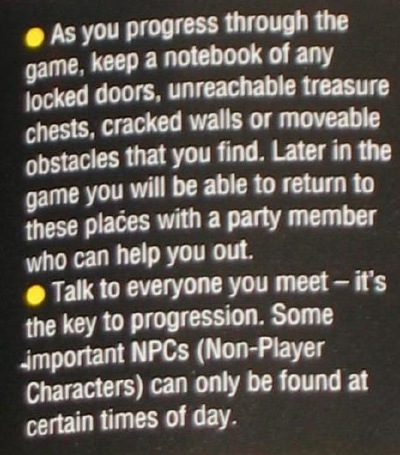
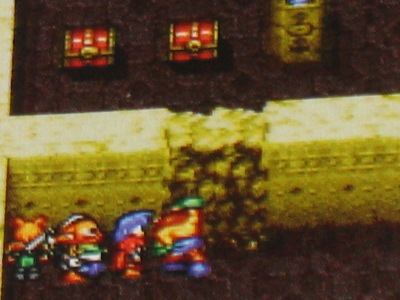
BREATH OF CONFUSION
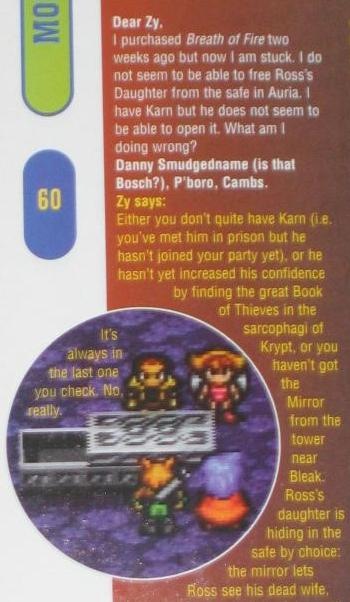
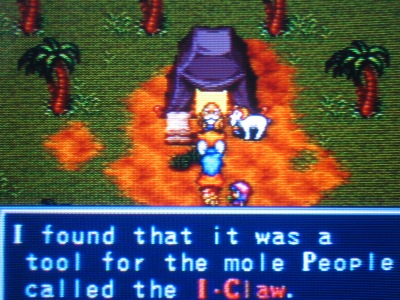
An old man tells you about the I. Claw near the end of the game. You need to find it or you cannot advance. The problem? There is no clue whatsoever as to where this elusive I. Claw could be hiding. Combine that with a massive world and well, you get the idea. The game forces you to do a ridiculous back-and-forth letter exchange between a weapons’ collector and an old lady stranded on some obscure tiny island in the middle of friggin’ nowhere. Discovering this without any help was pure dumb luck. Breath of Fire doesn’t even give you a damn clue like, “Hey, I heard there’s a lady living somewhere on the east region who loves weapons…” It was simply, “You need an I. Claw” which essentially translated to “Good luck finding it on the large world map, mwahahaha!” Brutal. While some RPGs (i.e. Super Mario RPG) held your hand too much, Breath of Fire was a little TOO obscure at times. I like a happy middle ground — not too obvious but not too obscure, either. A game that did an excellent job of balancing the two was EarthBound. You always got a sense of what to do next but you were never 100% sure. But the key was the game always gave you a sense. Those are the best RPG experiences. Sadly, it’s not quite the case here.
WHAT THE CRITICS SAID
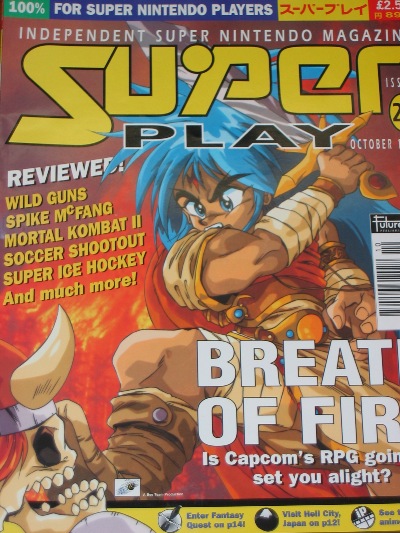
Breath of Fire was met with rather strong reviews. Despite the near year-and-half delay for the North American version, it still managed to stand toe-to-toe admirably with the big SNES summer blockbusters of 1994. EGM gave it scores of 7, 8, 8, 8 and 9. They praised it for its excellent visuals and sound. GameFan rated it 90, 90 and 94%. GameFan lavished heaps of praise on it for its artwork and animation, its length and its stunning music. Super Play was less enthusiastic, however, giving the game a respectable but not remarkable rating of 80%. They called it lightweight. Leave it to those Super Play chaps to calm the rest of us down. They didn’t hand out 9s and 90s willy-nilly like EGM and GameFan did!
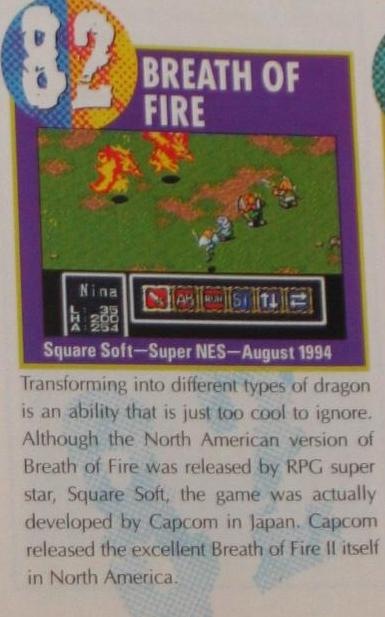
CLOSING THOUGHTS
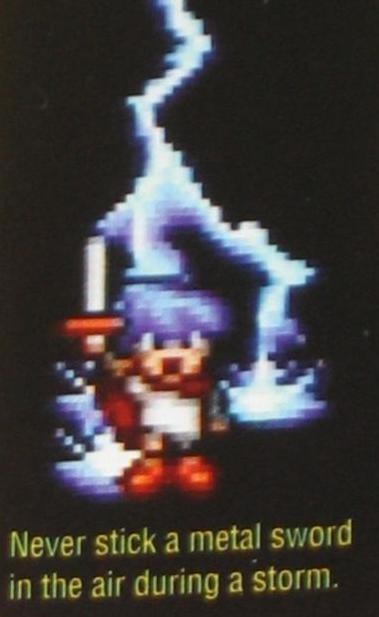
Breath of Fire is a solid RPG. It did many things right. These include brilliantly animated sprites, amazing sound and music, a unique day-night system that affected gameplay, and skills unique only to certain characters which made all eight protagonists serve a key role. But with the good comes the bad. The game starts out on a high note — it introduces you to each new ally in a meaningful way, allowing you to hunt and fish for health items, shrink down to save a family of mice from deadly cockroaches and there’s even a cool little stealth action. Sadly, at some point it felt like the developers lost a bit of their ambition and vision. The game begins to drag a bit in its second half. And damn, is the game long. It took me 40 hours to beat and I felt it lost a little steam in the latter half of the journey. The ridiculously high random battles didn’t help it any, either. There’s no run button so our heroes move like snails in mud. The lack of character development in the latter half was also disappointing. Sometimes clues were far too obscure and left you wandering around wondering what the hell to do next. The day and night system, while promising early on, later proves to be a bit of a pain in the ass. In order to advance in certain areas of the game, you had to talk to a specific person in town who only appeared at a certain portion of the day (or night). This actually ended up hampering the experience for me as it made it tedious to play at times. Sure, the day and night engine starts out as a fun quirky novelty, but it quickly morphs into an annoying hassle. This is definitely not the kind of RPG that holds you by the hand. Some will like that open-endedness, but I prefer a balance. You won’t find much of one here.
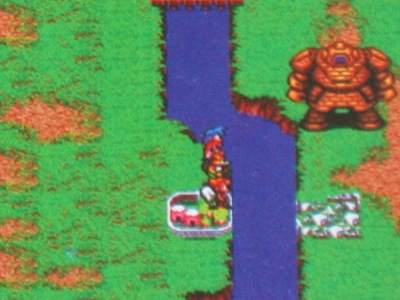
Nevertheless, for all of the blemishes I brought up, I really did enjoy my time playing through Breath of Fire. It’s got a certain charm to it with its bright and colorful visuals that melts my 16-bit heart. The music is haunting. The melodies fit each region of the game to a tee whether it’s soothing, ominous or action-packed. I enjoyed using the eight characters’ unique skills, such as Ox smashing through barriers and Karn opening locked doors. But at 35-40 hours, it’s just too damn long for not being an epic RPG. It’s also a bit too obscure with its clues. Be sure to have a guide ready. Also, I didn’t like how too many of the NPCs repeated the same phrases. I know they were trying to save memory, or maybe they were just lazy, but these moments often took me out of the moment. When too many NPCs repeat the same thing I just read from someone not two feet away, it really hurts the game’s ability to truly immerse you. Having said that, I would recommend Breath of Fire to any RPG fan with a Super Nintendo. It’s far from a classic, but it’s an enjoyable adventure with a few unique twists along the way that makes it worth going through at least once.
Graphics: 8.5
Sound: 9
Gameplay: 8
Longevity: 7.5
